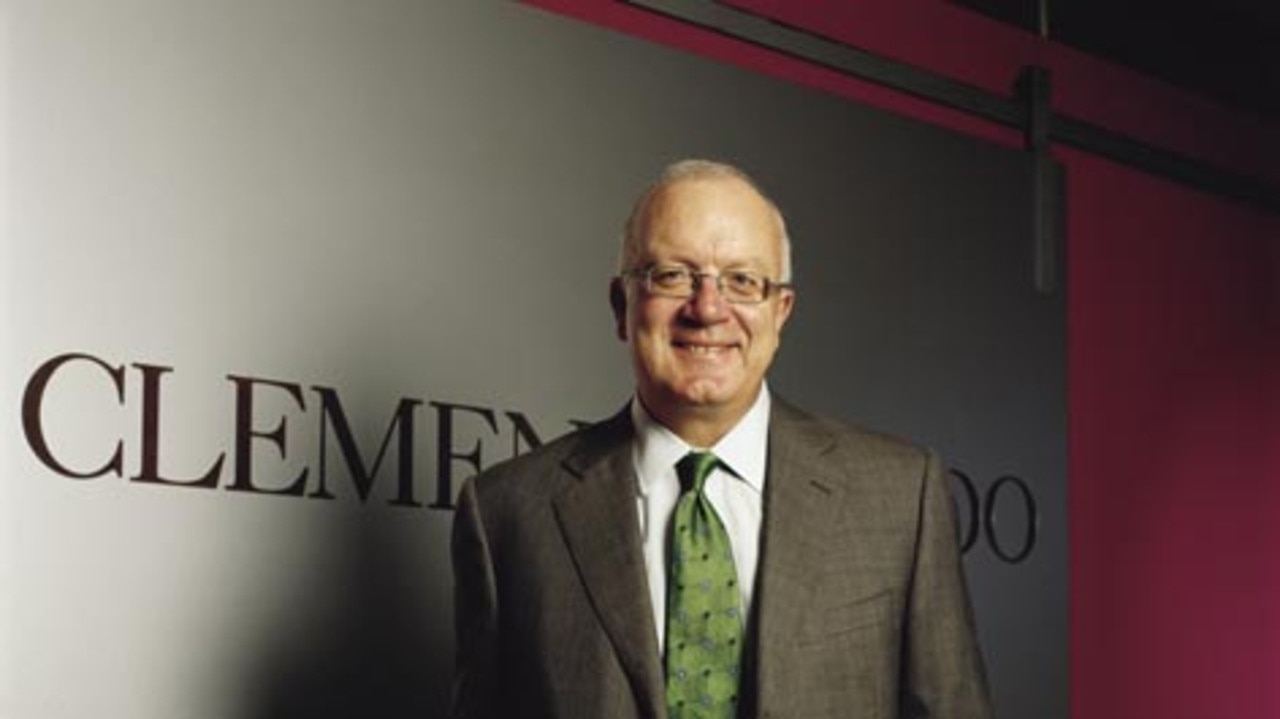AI set to upend the talent search at ad agencies and brands
The maturation of generative AI tools is changing how marketers and advertising agencies recruit for roles, and in some cases, help firms access more diverse talent pools.

Just as generative artificial intelligence appears poised to change marketers’ day-to-day jobs, it is also likely to up-end the work of the recruiters who find the people to fill those jobs.
The technology could, on one hand, help brands and ad agencies more efficiently target their job searches, recruiters say, while on the other, it will make sorting through CVs more difficult – because many more of those resumés will themselves be the products of AI.
For over two decades, recruiters have used so-called machine-learning AI, primarily in the form of software that uses job descriptions to automatically filter applicant pools. The advent of generative AI, however, will turbocharge their ability to find the best candidates for a given job, recruiters contend.
“I’ve been doing this a long time, and this is probably the most pivotal thing I’ve seen,” said Shannon Moorman, global head of talent acquisition and executive search at advertising holding company WPP.
AI could be particularly helpful to marketing organisations, which often conduct complex searches designed to divine candidates’ future performance as much as their direct experience, Ms Moorman said.
The most immediate use for tools like ChatGPT and Google’s Bard lies in automating portions of repetitive tasks: writing direct messages to candidates and creating outlines for job listings. In both cases, AI-generated content can then be tailored by humans to better describe the sort of highly specialised and tech-focused roles that are increasingly sought by marketers.
ChatGPT “gets you maybe 40 per cent of an outline, and from there you have to really fine-tune it,” said Zach Canfield, associate partner and director of talent at ad agency Goodby Silverstein & Partners. Efficiency gains created by generative AI cleared more time for the agency to find and target creative professionals, like those with experience in AI, virtual reality and related technologies, Mr Canfield said.
Marketers often pursue international candidates for top creative roles. Generative AI can summarise the complex legal documents required to navigate US immigration law, and help recruiters more fluently communicate with candidates.
Playing the strings
Generative AI’s most compelling use for marketing recruiters, however, may lie in its ability to streamline processes such as the creation of so-called Boolean strings, which are a series of “if, then, and” prompts used to more accurately target candidates, said Ms Moorman.
In the past, WPP recruiters may have spent hours writing hundreds of strings in order to search for, say, software developers in the (San Francisco) Bay Area with expertise in the JavaScript coding language, said Ms Moorman. Now, generative AI has automated much of that away, creating Boolean strings that turn up candidates who fit recruiters’ goals, sometimes suggesting more precisely aimed keywords that recruiters hadn’t explicitly asked for.
Recruiters can also tap AI to pluck a certain group of keywords from an existing job description, using those terms to create a new string and further refine the search results, Ms Moorman said.
AI can throw open a search to include online circles like Reddit sub-communities, developer forums and alumni groups for historically Black colleges and universities, said Ms Moorman. WPP can then more quickly draw from a far broader group of candidates, she said.
“It’s actually going to open up our aperture for diverse talent pools that we otherwise wouldn’t even be aware of,” Ms Moorman said.
When used correctly, generative AI can also reduce instances of bias by, for example, helping to identify the sorts of masculine-leaning terms in a job description that might dissuade women from applying, she said. (Among those words are “driven,” “objective” and “determined,” according to a WPP spokeswoman.)
The ability to cull these cues could be useful to organisations that have struggled to meet their own diversity hiring goals.
Accuracy not yet guaranteed
The biggest impediment to AI-quickened recruiting continues to be its tendency to churn out bogus information, said Bryan Hancock, a partner at McKinsey.
“It might make up something about a candidate when you’re doing a background, or when you’re prepping for an interview,” said Mr Hancock.
When Mr Hancock asked a so-called large language-model tool to summarise his biography, for example, it informed him that he had graduated from Cornell’s School of Industrial and Labor Relations; in fact, he attended the University of Virginia.
Job candidates’ own reach into the AI toolkit has further complicated the process for recruiters, reinforcing the need for close human attention at certain points.
Some AI tools, like those LinkedIn released this year, are specifically designed to help applicants fill out their profiles. Their popularity means recruiters now face a sea of similar resumés, packed with all the hottest keywords, said John Rothenburg, business development manager at Global Recruiters Network, a firm that connects candidates to companies in various industries.
“Every candidate all of a sudden is a good writer,” Rothenburg said. “They’re positioning themselves as an A-player, but they’re a B-player or they’re a C- player. It’s a lot more noise for our recruiters to sort through.”
The Wall Street Journal





